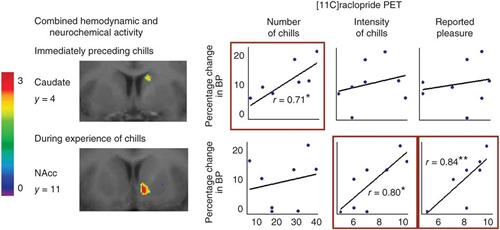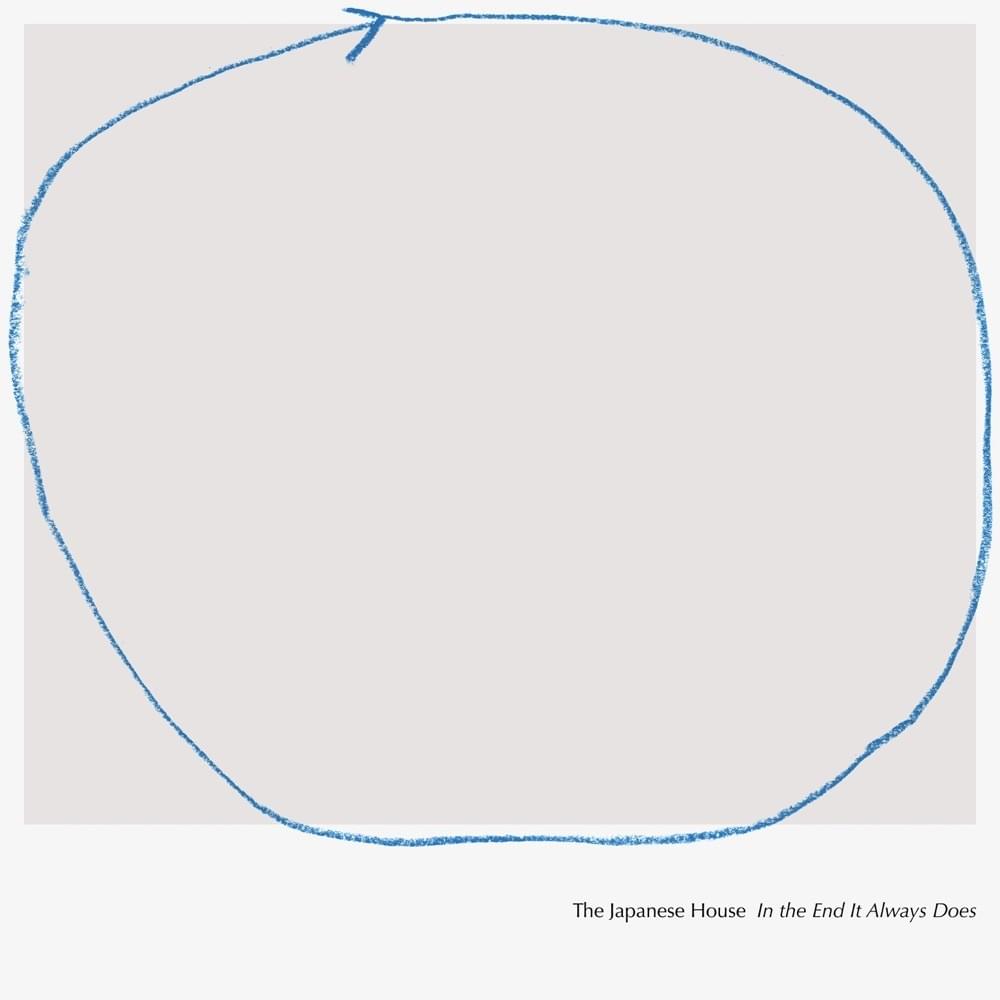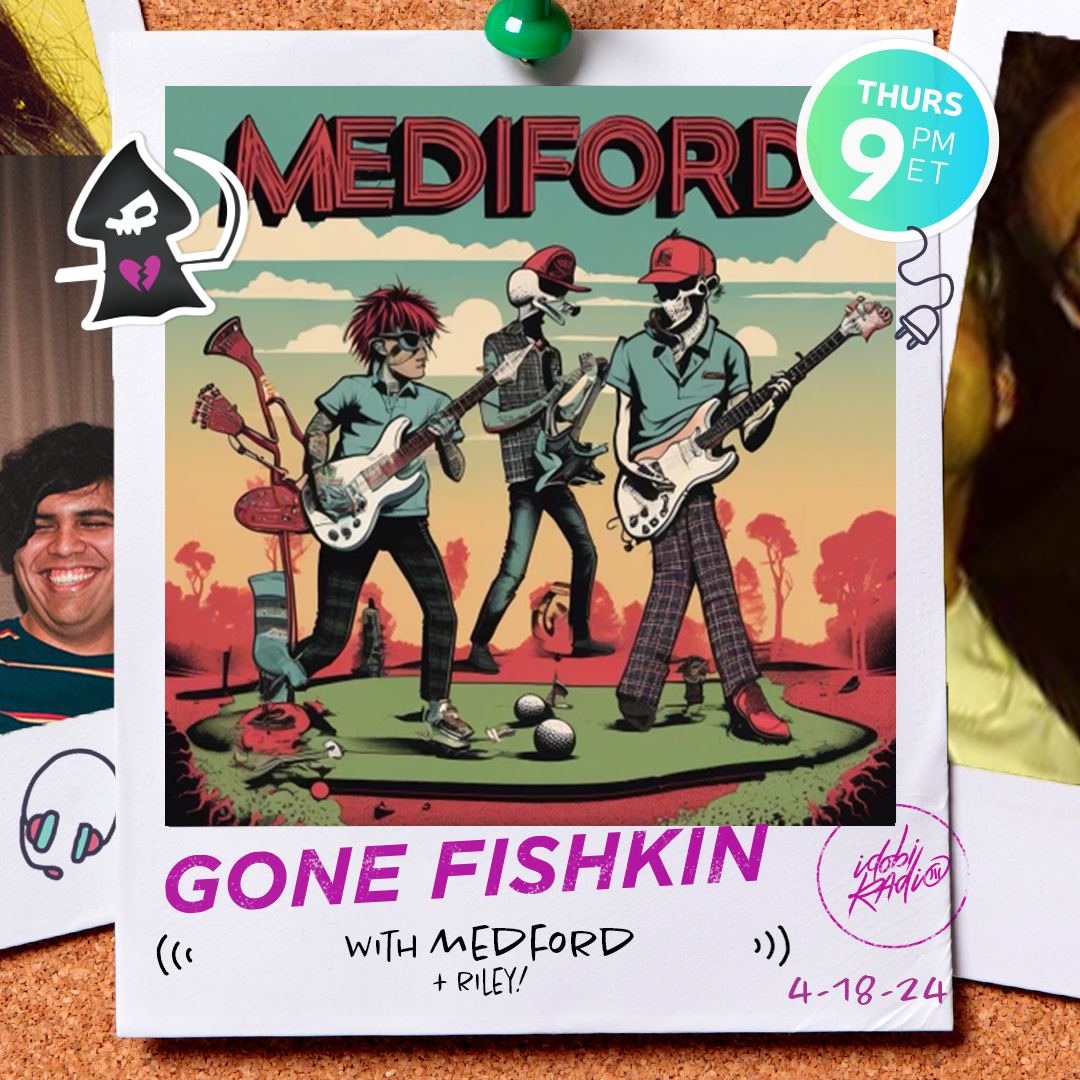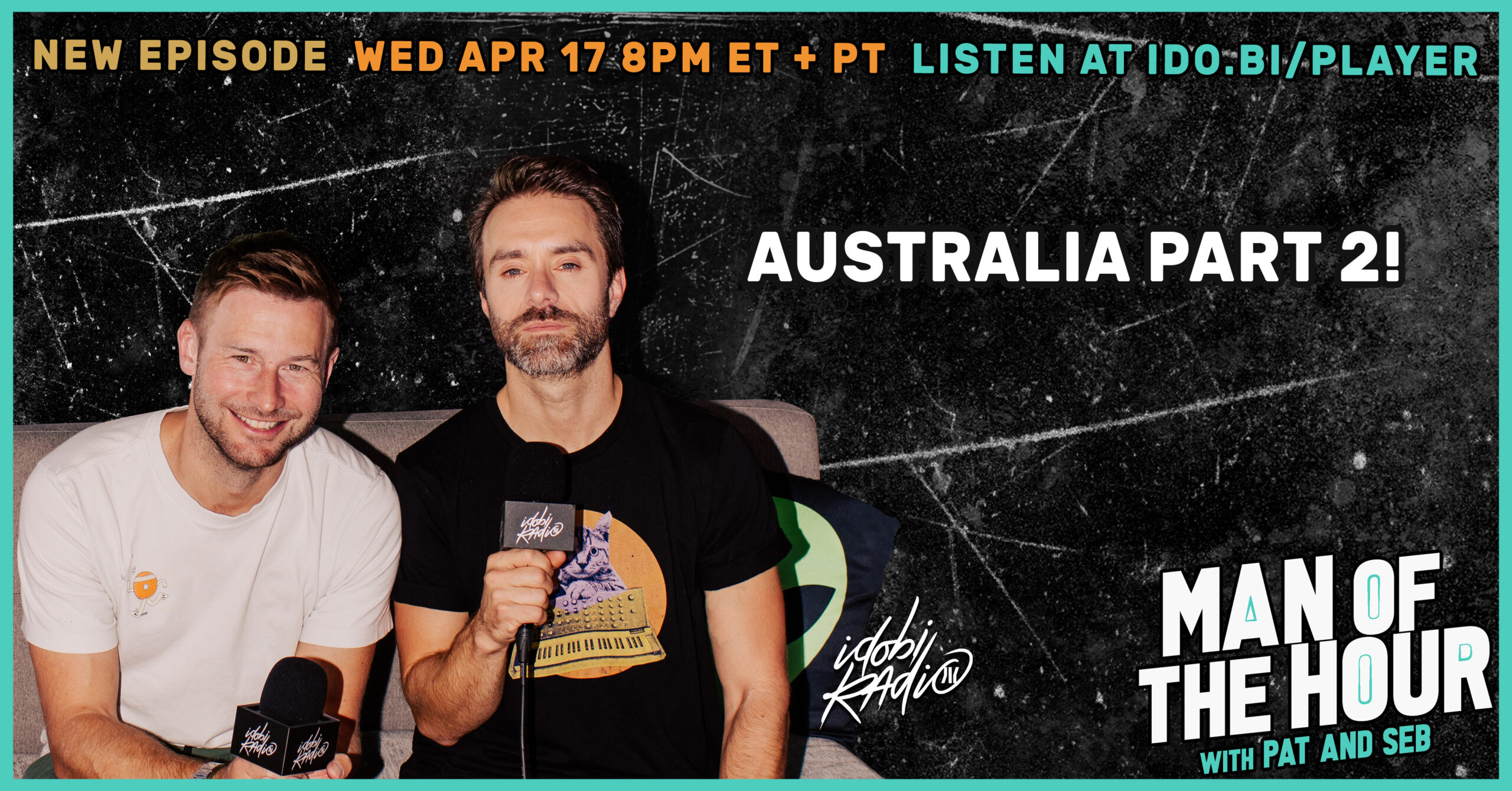Music triggers the same pleasure-reward system in the brain as food, sex and illicit drugs, according to McGill University researchers who have been peering into minds of music lovers.

They’ve discovered the feel-good neurotransmitter dopamine is released when people listen to their favourite music, be it rock, jazz or classical.
The finding by the team at McGill, reported yesterday in the journal Nature Neuroscience, helps explain why music is so pleasurable and popular.
It also hints at why music has been so valued and important throughout human history and across cultures, says neuroscientist Robert Zatorre, who leads the McGill team at the Montreal Neurological Institute.
“Music has such deep roots in the brain that it engages this biologically ancient system,” says Zatorre, explaining how dopamine generates the sensation of pleasure in the striatum, a primitive region deep in the brain.
It’s long been known dopamine is produced and generates pleasure when we eat or have sex, reinforcing activities that are key to survival. The Montreal study provides the first evidence that dopamine is also responsible for musical highs.
“For reasons that we don’t entirely understand, somehow music was able to kick in with the same system,” Zatorre says. “And that gives it power that it might not otherwise have.”
While music may not be key to survival, he says it has been “very” useful.
“Because it gives us pleasure, we can use it to our advantage to modulate our state of mind.”
Heroin and cocaine hijack the dopamine system, which is what makes the illicit drugs so addictive. But Zatorre sees little danger in listening to too much music.
“If you are hooked on music, it won’t cause you to waste away, it won’t give you health problems,” he says. “On the contrary, it probably enhances your health.”
For the study, he and his colleagues put out a call for people who get the chills, a sign of intense nervous-system arousal, when listening to music. Of the more than 200 individuals who volunteered, 10 people were eventually selected to undergo the brain scans that cost a few thousand dollars each.
One key stipulation was that the volunteers’ favourite music not have lyrics. “We wanted to be sure the response was due to the music, not the words that accompanied it,” Zatorre says.
The volunteers agreed to undergo brain scans while listening to tunes they picked, which ranged from techno to folk to classical.
Two types of brain scans were done as the volunteers blissed out to music inside the medical machines. Positron emission tomography (PET) revealed if and where dopamine was being released. For these scans, the volunteers were injected with a short-lived and harmless radioactive molecule, carbon-11, that latched onto any dopamine produced and showed up on the PET scans.
Magnetic resonance imaging (MRI), which detects how much oxygen brain cells are using, revealed which areas of the brain were stimulated as the pleasure associated with the music kicked in. “It tells us where the brain is active and it tells us, within a range of a couple of seconds or so, when it is active,” Zatorre says.
As the volunteers listened to music that “really turned them on,” the sensors and scanners picked up clear signs of pleasure. Chills ran up their spines and their heart rates climbed as dopamine was released deep inside the brain. The volunteers also underwent scans listening to music they are indifferent to, which produced no pleasure effect.
The music that generated dopamine release depended on the listeners’ tastes and preferences.
“All types of music activated the same part of the brain,” Zatorre says. “It doesn’t matter if it’s punk, classical, tango or even bagpipes.”
While the study volunteers experienced the chills when most roused by music, he says the scans revealed dopamine was also released even when the pleasure was not as intense.
The scans also showed that dopamine is released in advance of key sections and sequences in music, enhancing and prolonging the pleasure, which Zatorre considers one of the most interesting findings: “Ten to 20 seconds prior to the maximum pleasure, there was a different dopamine response in a slightly different place in the brain.”
He says this “anticipation response” helps explain why musicians often build tension and pauses into their pieces. “They have a kind of intuitive understanding of the neuro-mechanisms behind pleasure,” Zatorre says.
He says understanding the biochemical orchestra at work in the “magic of music” makes him appreciate it even more.
Visit www.zlab.mcgill.ca/home.html for a sample of chill-inducing music.





























